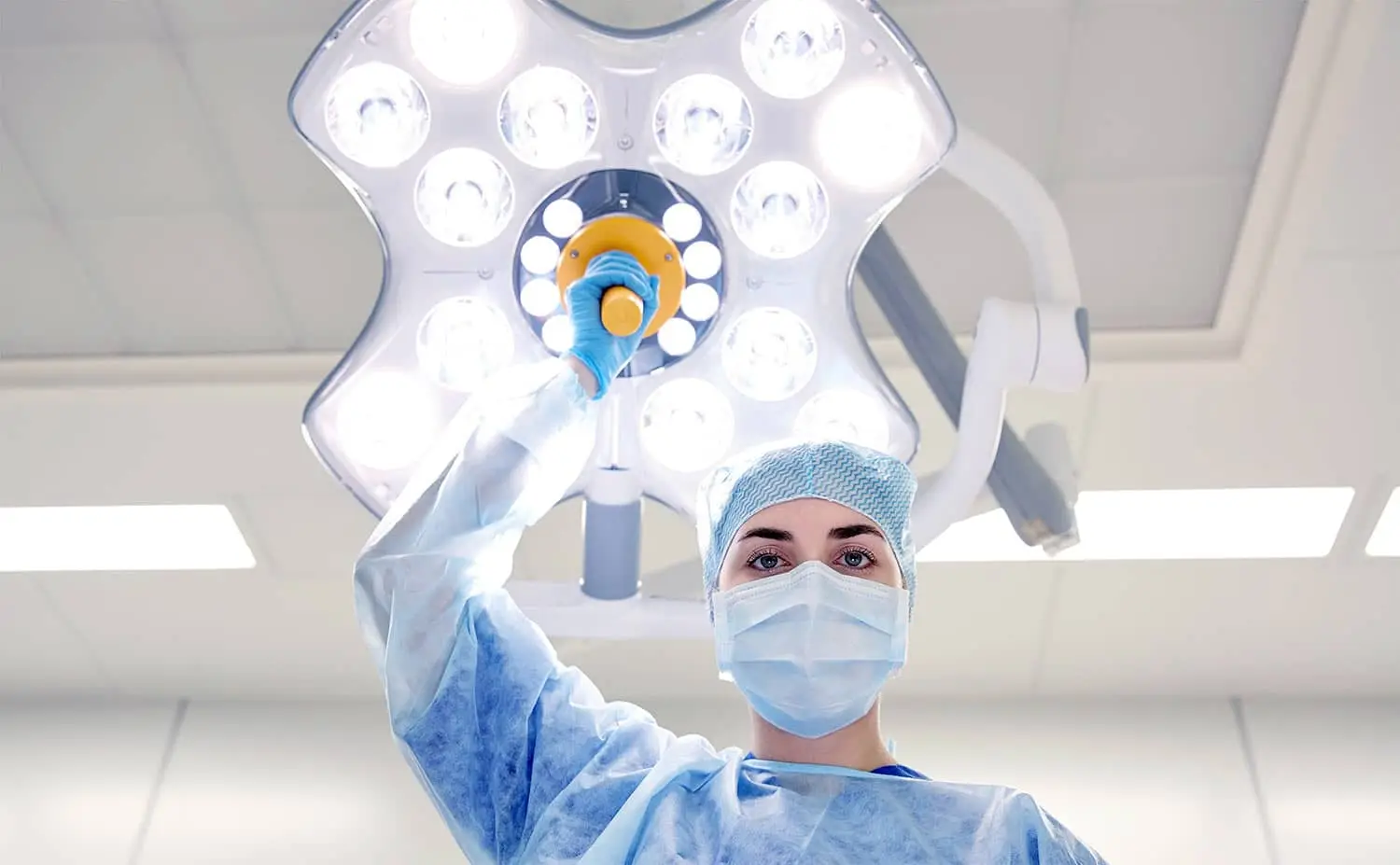Die Anschrift
304 Nordkardinal St.
Dorchester Center, MA 02124
Arbeitsstunden
Montag bis Freitag: 7:00 - 19:00
Wochenende: 10:00 - 17:00
Die Anschrift
304 Nordkardinal St.
Dorchester Center, MA 02124
Arbeitsstunden
Montag bis Freitag: 7:00 - 19:00
Wochenende: 10:00 - 17:00

Im modernen Gesundheitswesen spielen EKG-Geräte (Elektrokardiogramm) eine zentrale Rolle bei der Diagnose und Überwachung von Herzerkrankungen. Diese Geräte sind unverzichtbare Hilfsmittel für medizinisches Personal, um die elektrische Aktivität des Herzens täglich zu messen und so Herzrhythmusstörungen, ischämische Herzerkrankungen und andere kardiovaskuläre Probleme zu erkennen. Dieser Blogbeitrag untersucht die Bedeutung von EKG-Geräten, ihre technischen Komponenten, ihre Anwendung im klinischen Umfeld und ihren tiefgreifenden Einfluss auf die Patientenversorgung und -ergebnisse.

Im modernen Gesundheitswesen spielen EKG-Geräte (Elektrokardiogramm) eine zentrale Rolle bei der Diagnose und Überwachung von Herzerkrankungen. Diese Geräte sind unverzichtbare Hilfsmittel für medizinisches Personal, um die elektrische Aktivität des Herzens täglich zu messen und so Herzrhythmusstörungen, ischämische Herzerkrankungen und andere kardiovaskuläre Probleme zu erkennen. Dieser Blogbeitrag untersucht die Bedeutung von EKG-Geräten, ihre technischen Komponenten, ihre Anwendung im klinischen Umfeld und ihren tiefgreifenden Einfluss auf die Patientenversorgung und -ergebnisse.
An ECG machine is a medical device designed to record the electrical activity of the heart. It does this by measuring the voltage changes occurring on the skin due to the heart’s electrical activity. The machine detects these electrical impulses from multiple points on the body’s surface, typically using electrodes placed strategically on the chest, arms, and legs. These electrodes are connected to the ECG machine, which processes the signals, amplifies them, and converts them into a graphical representation known as an ECG waveform.
ECG machines consist of several key components that work together to produce accurate and meaningful results:
ECG machines have numerous applications in clinical practice:
The role of ECG machines in cardiac diagnostics is pivotal for several reasons:
Numerous studies highlight the effectiveness of ECG machines in improving patient outcomes:
ECG machines are indispensable tools in cardiac diagnostics, aiding healthcare providers in diagnosing, monitoring, and treating various heart conditions. Their ability to accurately capture and interpret the heart’s electrical activity contributes significantly to patient care and outcomes. As technology continues to advance, ECG machines evolve, becoming more sophisticated and accessible, further enhancing their role in modern medicine.
Q: How long does an EKG test take?
A:A standard ECG test usually takes about 5 to 10 minutes, depending on the complexity and the patient’s condition.
Q: Are there different types of ECG tests?
A:Yes, various types of ECG tests include resting ECG, stress ECG (exercise ECG), and ambulatory ECG (Holter monitor). Each type serves different diagnostic purposes based on the patient’s symptoms and clinical presentation.
F: Wie oft sollte EKG tests be performed?
A:The frequency of ECG testing depends on the patient’s medical history, risk factors, and symptoms. For individuals with known heart conditions, regular monitoring may be necessary, whereas for asymptomatic patients, periodic screenings may suffice.